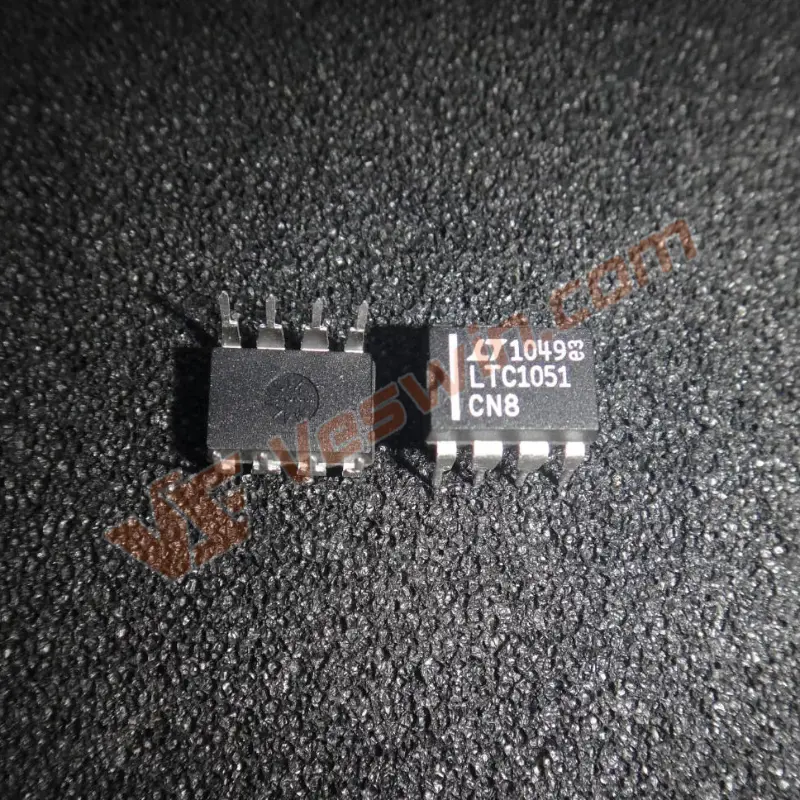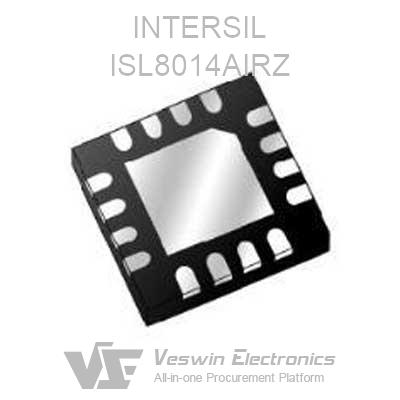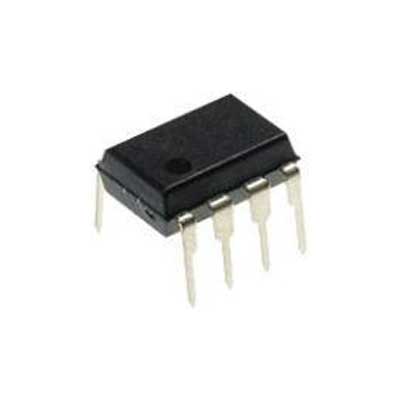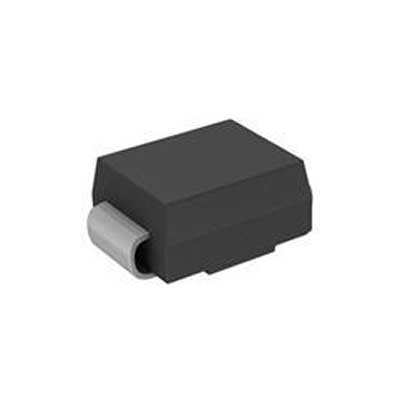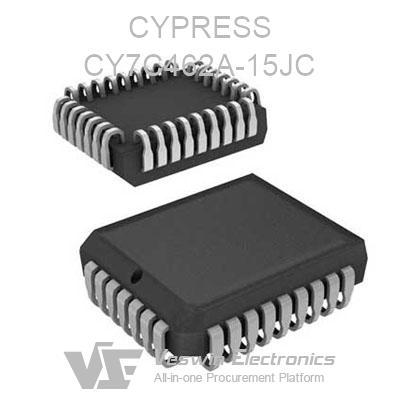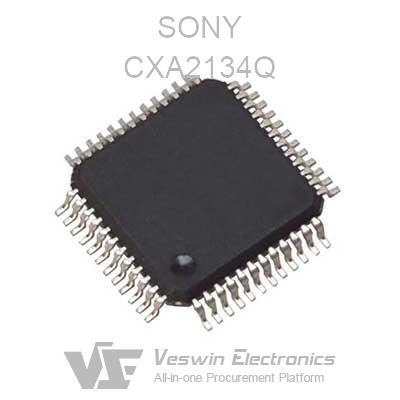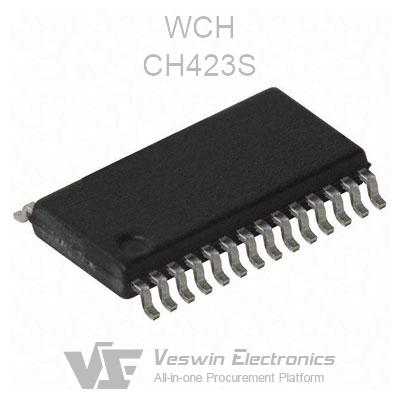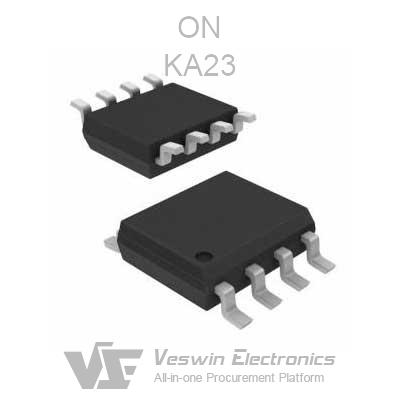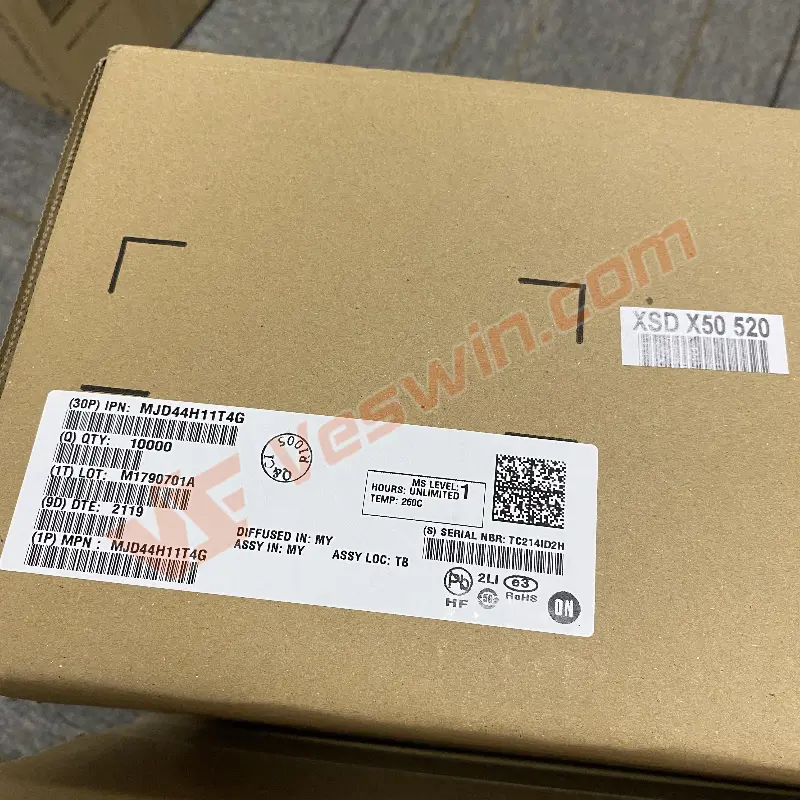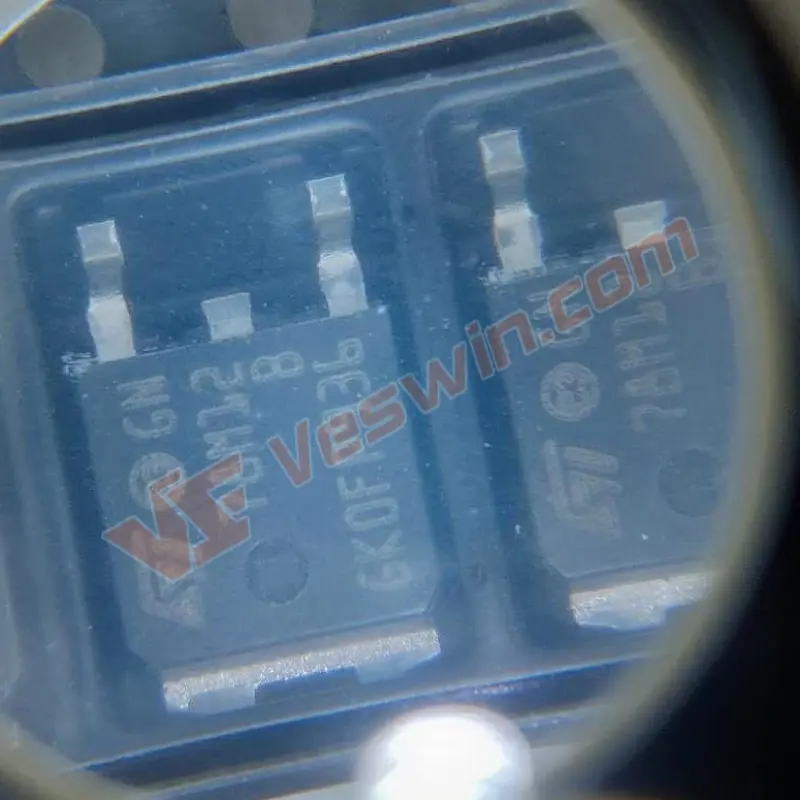The sales of new energy vehicles have risen in the past two years, and their technology development is also changing rapidly. Many cool technologies previously seen in science fiction movies have started to be adopted by car manufacturers, such as head-up displays, super large screens, autonomous driving, etc. Recently, the 800V high voltage platform has become a hot topic. Recently, the 800V high-voltage platform has become a hot topic of discussion, and many car companies have launched or will soon launch the 800V platform for new energy vehicles.
800V high-voltage platform has become a development trend, then upgrade the 800V high-voltage platform, the electronic components of the car products need to have what changes? According to industry sources, upgrading 800V motors, power semiconductors, fuses, connectors, and high-voltage wiring harnesses will have some impact. Let's take a look at each of them next.
The most important part of the new energy car is a component is the motor, which is the power source of the car. Generally speaking, the overall volume of the motor is proportional to the torque of the motor. If the power remains the same, the smaller the torque, the smaller the volume will be, and the corresponding weight will be smaller. After upgrading to 800V, the speed of the motor can be 20,000 rpm, and the torque can be made smaller, so the amount of copper and aluminum used in the car motor will be reduced.
There is a layer of insulating paint on the outside of the motor's wire, and with the voltage upgrade to 800V, there are higher requirements for the material and thickness of the insulating paint. In addition, 800V motors have higher requirements for insulating paper (the medium between the copper wire and the silicon steel sheet) and safety distances. These requirements will bring upgrades in components and higher motor costs. At the same time, higher voltage brings higher current and temperature, so most suppliers of 800V motors choose to use oil cooling technology. Due to the smaller size of the motor and the higher requirements for heat dissipation efficiency, suppliers prefer the uniform heat dissipation characteristics of oil-cooled technology and the efficient heat dissipation efficiency.
However, the cost of the motor is mainly accounted for by the amount of copper and aluminum. The voltage-resistant material (high voltage resistant insulating paint) accounts for a relatively small percentage. In contrast, the cost of copper for motors on the 800V platform will be reduced by about half, and the amount of aluminum casing will also be reduced, so the overall cost of the motor can be reduced.
In terms of motor suppliers, there are Bosch, United Electronics, Continental, Valeo, BorgWarner, etc.
Another core component in electric vehicles is the motor control system, the CPU in the system, current and voltage sampling sensors, and other components that need power. Many of these power supplies are obtained from the busbar. After upgrading to 800V, the busbar voltage has also become 800V. At this time need to switch from 800V to low voltage (12V or 48V).
In addition, some auxiliary systems, such as OBC charging, DC/DC, 12V systems, signals, entertainment, audio, and other places that need to use power, also need to be upgraded accordingly, such as the need for higher withstand voltage. The cost of the devices will increase, and some industry sources estimate that the cost will increase by between 20% to 30%.
One of the most important upgrades to the 800V platform is the electric drive, of which the use of SiC is the core point of the electric drive upgrade. In terms of SiC's characteristics.
1) Higher temperature resistance (can normally work at 200 degrees, while traditional silicon-based IGBTs generally only work below 175 degrees, thus requiring less cooling system).
2) particularly good voltage withstand characteristics.
3) low switching loss (IGBT trailing loss is higher).
The current mainstream or 400-500V voltage platform, the future of the 800V push fast charging, is to solve the two core problems of electric vehicles.
1) mileage anxiety.
(2) slow charging speed.
Under the traditional 400V voltage platform, Tesla launched 250kW super fast charging; under the 800V platform, Xiaopeng's latest 400kW fast charging, charging efficiency reached 5C, 10 minutes can charge 400km.
In terms of power modules, although silicon can also be used for applications above 1000V, SiC can do 1700V. With SiC, the size of power modules can be made smaller and have higher power density. However, the marginal cost effect of Si-based IGBT application is more evident than SiC at 750V at present, but SiC at 1200V is more advantageous when the power and voltage become higher.
Cost comparison between silicon carbide and silicon-based IGBT applications.
1) From the inverter point of view, a silicon carbide inverter's module price is 2-3 times higher than that of a silicon-based.
2) Silicon carbide application results in lower system costs (for OEMs, silicon carbide will not be a single consideration for power device costs but, more importantly, for overall vehicle cost changes)
① Take an 80kWh battery as an example. After applying silicon carbide, the NEDC range can be improved by 4-5% (some materials say they can achieve 10% improvement, but the actual may not be that high), saving 4-5kWh of battery (8kWh can be saved if 10% improvement). The cost of EV batteries has dropped by 80% in the last decade and is now over $130 for 1kWh. Smaller and lighter batteries with the use of silicon carbide.
② $200 reduction in the cooling system.
③Comprehensive silicon carbide application cost increase and other system cost changes, it is expected that the entire vehicle system cost can be reduced by $400-500.
In other words, the number of SiC devices used in high-voltage platforms will be higher, depending on the SiC production capacity.
In the case of high voltage, there is no essential difference between the internal fuses and high voltage relays. 400V and 800V withstand voltage values in industrial applications are all low voltage with your system, and the raw material will not change much.
In terms of cables, they are divided into power and control lines. In the power line, the proportion of copper in the cost of the cable before is 40%-50%, upgrade 800V, the power remains unchanged, the current will be reduced by half, heat generation is only 1/4 of the original.
The connector will be gold or silver plating in the contact resistance, the future made of low contact resistance, the product to do small, technical content, the entire inside of the materials used to reduce the current at the same time become smaller, the cooling needs of small, do not need to add a separate cooling system, the value of the amount will also decline. Suppose the original 100-amp connector, the original 400V now 800V, then the original is 400KW, now 800KW, will not reduce the number of conductors because it is still 100 amps. In this part of the connector, in general, the cost will rise. There will be a 20-30% increase.
In addition, the cost of capacitors will rise, such as filter capacitors basic 0.5 million, 400V in 50-60 U.S. dollars, if replaced by 800V, the price may rise to more than 80 U.S. dollars.
Hot News
